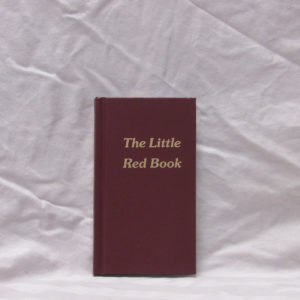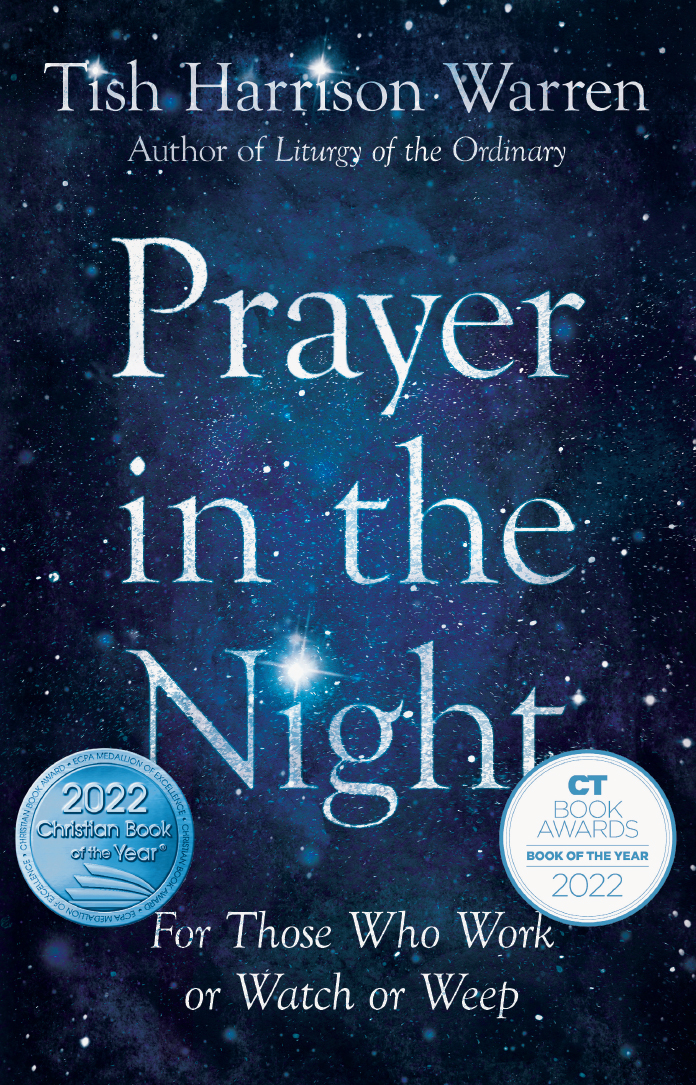

(This is true as a broad statement, though the Churches of Wales, Scotland, and Ireland were founded before the Church of the Anglo-Saxon race.) So we should come to no conclusion about important changes in our service book without asking how our action will affect the Churches in communion with us. World-wide federation of Churches in communion with Canterbury and York which look towards it as their mother. It forms part of the "Anglican Communion," a The Church of England is, strictly speaking, a collection of dioceses organised in the two provinces of Canterbury and York. Before we can convince the mass of thoughtful Englishmen that a change is desirable, we must show them that the proposed book is a new edition, an enrichment and Improvement, of the book they hold in honour, and not a new book. Its stately diction, its association with great national occasions and the crises of individual lives, its manliness and sobriety, have an influence reaching far beyond the circle of practising Churchmen.

The Prayer Book has entered into the marrow of our race. "Hands off the Prayer Book" can easily be made a popular cry. The immensely strong forces of Conservatism are enlisted in the cause of No Change. Religion is bound up with memories of the past, our own early associations and the lives of those who have gone before. None can deny that there is a good case for a new edition of the old book.īut the very length of time that our present book has held the field makes change difficult. But officially we are still bound to a service book which is generally recognised as not satisfying all the needs of the present day. Most important of all, the desire for uniformity in public worship cherished by our ancestors, largely for political reasons, no longer prevails.

The world has changed out of all recognition, new needs have arisen, old prejudices have died down. More than two and a half centuries have passed. No one can accuse the Church of England of undue haste in proceeding to a fifth edition. Since then certain additional services, such as that for November 5th, have been omitted, but otherwise the 1662 book is still in use.

The fourth dates from 1662, shortly after the restoration of the monarchy in the person of Charles II. This was put out again in 1559, at the beginning of Elizabeth's reign, with some slight alterations, thus reaching its third edition. Edward VI's reign was a time of rapid changes, and a second and revised edition the book appeared in 1552. It was first published in 1549, early in the reign of Edward VI, though it was a new book only in the sense of being a new arrangement and simplification, in the English language, of the services which had been held for many centuries in our land. T HE Book of Common Prayer, so familiar to English Churchmen, is already in its fourth edition. Lowther Clarke, is perhaps better known as editor of Liturgy and Worship, a 1959 survey of the Book of Common Prayer. It gives a concise overview of the process leading up to its adoption, and to the differences from the 1662 book. This pamphlet, put out by the SPCK, was intended to introduce people, in a positive way, to the proposed English Book of Common Prayer of 1927-8.


 0 kommentar(er)
0 kommentar(er)
